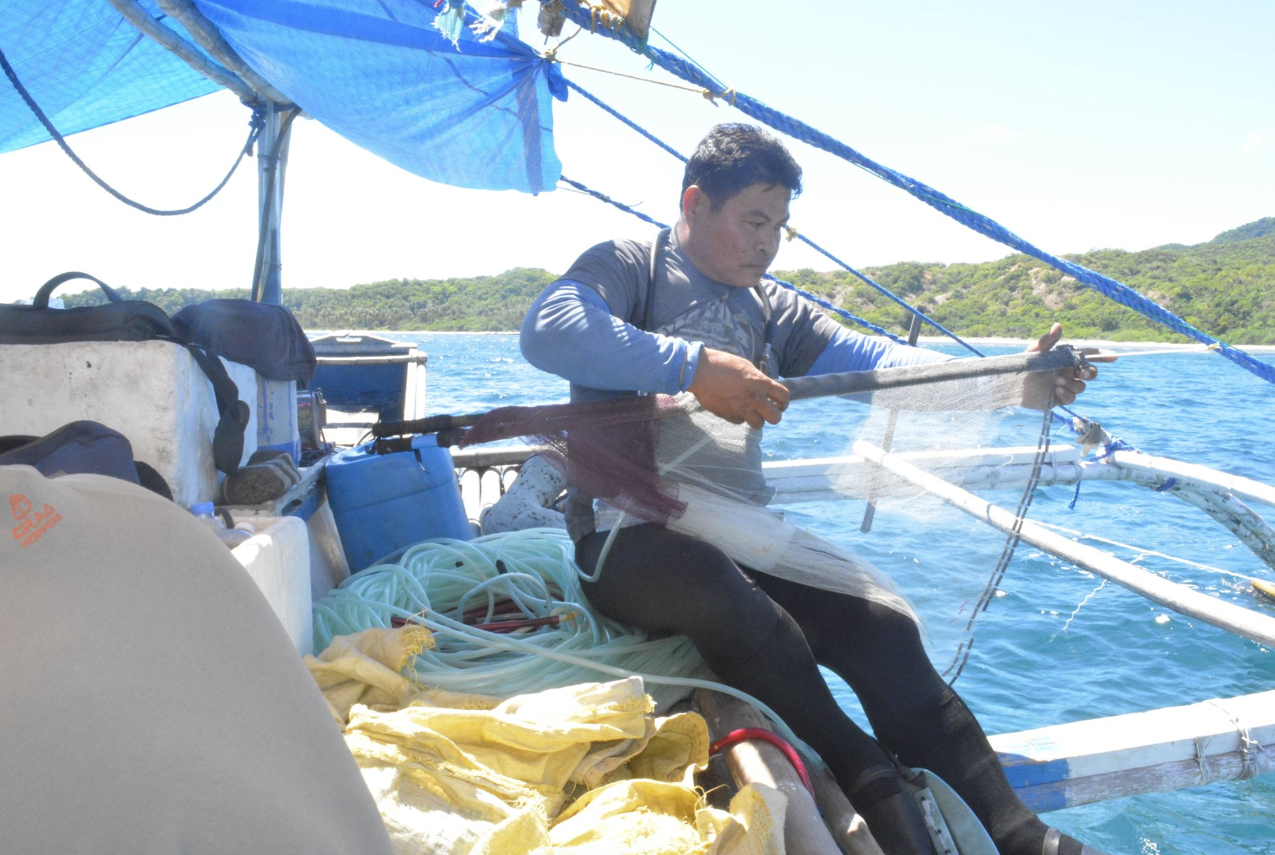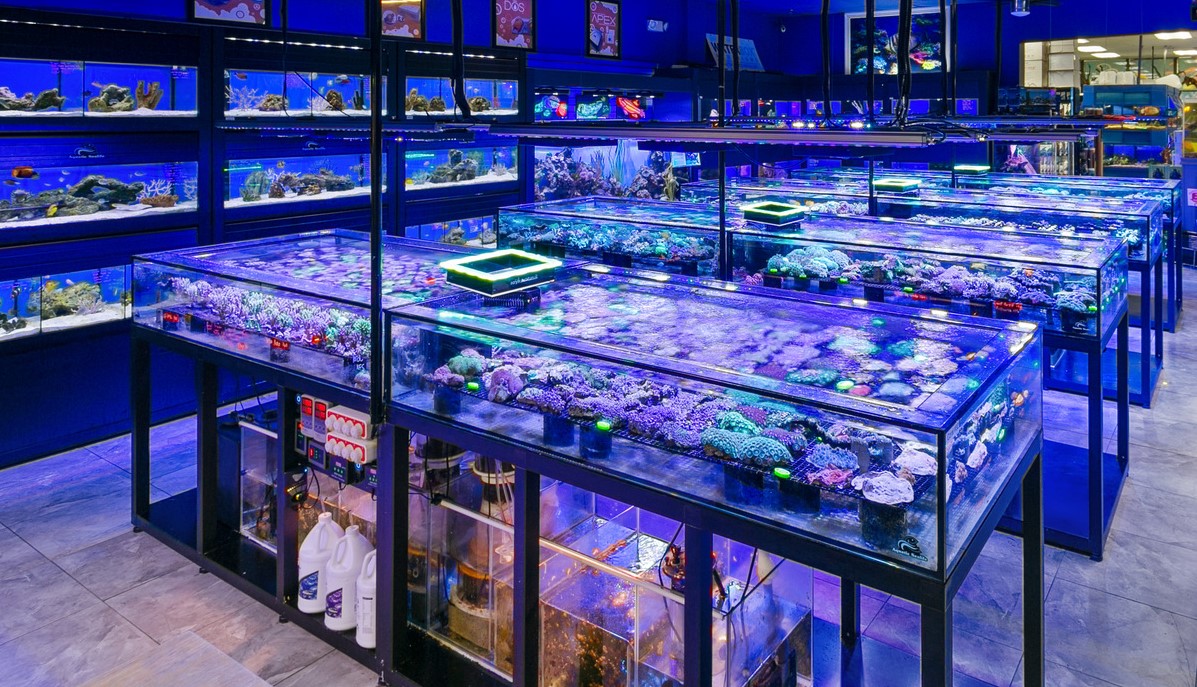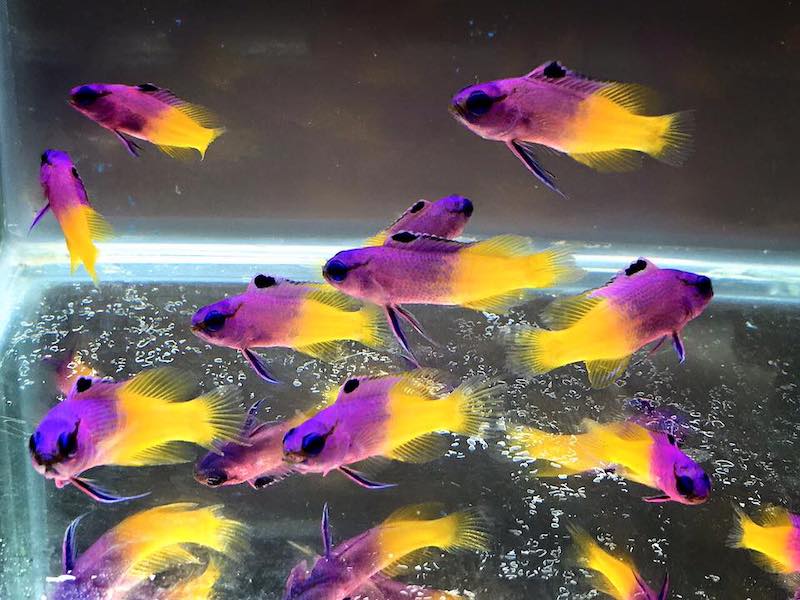New research has generated the first global estimate of the number of fish and invertebrates within the Marine Aquarium Trade (MAT), as a way to incentivize industry sustainability and coral reef conservation.
According to a new paper published in Science Advances, every year 55 million organisms are sold with a combined value of $2.15bn at retail – placing the MAT on par with global fisheries, such as tuna, in terms of economic significance.
The paper, led by Professor Gordon Watson of the University of Portsmouth, extrapolated data from the United Kingdom, Italy, and the United States, and estimates that there are currently over 8,000 retailers globally and 6.7 million marine hobbyists. This number is expected to increase to 45 million by 2100 based on population increases and as countries increase their wealth.

Species traded for aquariums are worth more money per kilogram, compared to fish for food. For example, the average price achieved by the fishers for the MAT is $148 per kg, whereas tuna is $3 per kg.
The paper says that more than 25 percent of all known marine species – including high-value fish and organisms – are found on coral reefs. These ecosystems are crucial to millions of people as they provide a quarter of all the fish caught by developing countries that border the reefs.
However, scientists warn the aquarium trade is at a crossroads forced by threats from global climate change and other stressors. Aquariums are a great way to educate people about how critical coral reefs are to a healthy and productive planet.

“We know that MAT puts stress on key habitats, but it can also help stimulate enthusiasm for marine conservation, and it is a valuable source of income for many communities.” Said Professor Watson. “Aquariums are a great way to educate people about how critical coral reefs are to a healthy and productive planet.”
The paper estimates around 500 species are being regularly traded in the MAT; 210 fish species, and 296 species of invertebrates, (although hundreds more species of fish and invertebrates are traded in total – Ed.) Twenty-five were identified as being at extremely high risk of being overfished, including species of snails, hermit crabs, and the Bangaii cardinal fish. Indonesian and Sulu-Celebes Seas were noted as the areas that were most exploited.
Editor’s note – in September 2023 Reef Builders reported that Indonesia was affirmatively recognized for conserving the species and sustainably managing the fishery. Also that conservation efforts by the Indonesian government and local NGOs such as the Indonesian Nature Foundation (LINI) have reversed those trends and populations have generally recovered.

“The Marine Aquarium Trade is a hugely valuable industry that has the leverage to generate change, providing a framework for fishers and governments to protect reefs, and as a result, the communities that rely on them”, added Professor Watson.
“But data gaps are amplifying demands for an international ban on the trade. Our study goes some way to fill in these grey areas.”
Despite a growing awareness of the environmental impacts of the MAT, the authors warn if nothing changes it will transform into an aquaculture-dominated industry. This would see species farmed away from the reefs and associated coastal communities who rely on them to sustain their economy, or moving to more destructive fishing methods.

Professor Watson said: “The trade finds itself at a crossroads with near-future governance decisions being critical for its long-term future. These choices can be distilled into a ‘business-as-usual’ approach or a ‘MAT positive’ one.”
The study has outlined several ways the MAT can become more sustainable:
- Species stock assessment of those most at risk and put in stock management
- Address mortality in the chain of custody
- Support local coral reef protection and restoration programmes
- Governance structures needed, similar systems to the tuna
- Successful introduction of the Fairtrade/MSC certification-style system to help implement these things
The paper concludes by saying a ‘MAT-positive’ future is imaginable but requires real action on climate change, evidence-based management, consumer education, sustainable practice incentivization, and over-exploitation assessments to ensure that the MAT becomes a ‘force-for-good’ and paradigm of sustainable coral reef fisheries.
To read the full scientific paper go to DOI: 10.1126/sciadv.adh4942



